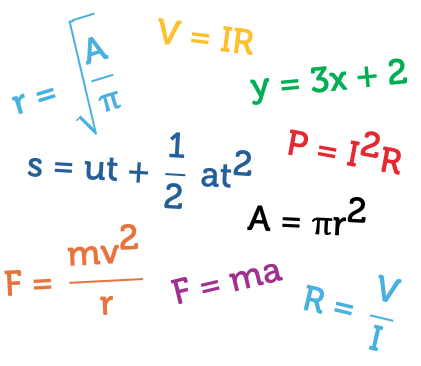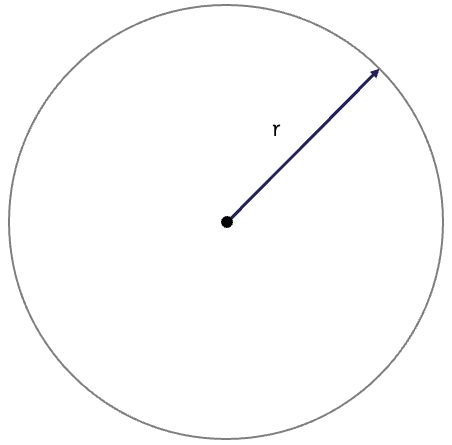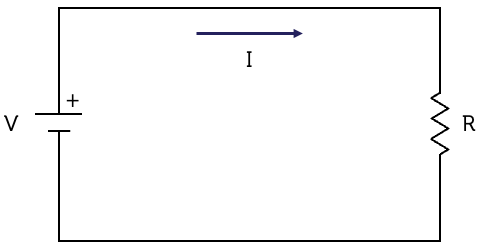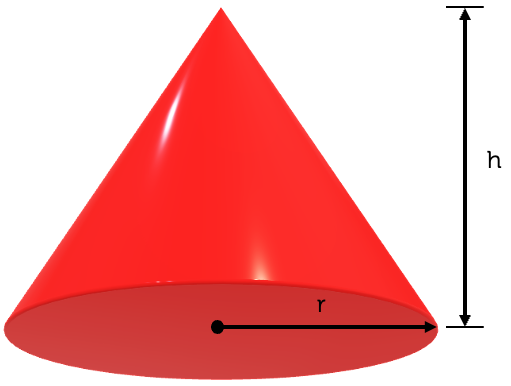Hi, this is Martin Lindsay from the Study and Learning Centre at RMIT University. This is a short movie on substitution in algebra. Replacing a pro-numeral or variable or letter in an expression or formula with a number is called substitution. Instance, here’s an expression, three P, and we want to work this out, in other words evaluate, if P equals minus five. So substituting P equals minus five into the expression, three P is the same as three times P, which is three times minus five which is minus 15.
Here are two more examples. Evaluate A plus five over B, if A equals minus nine and B equals two, here you notice we have two pro-numerals A and B, so substituting A and B into the formula or, sorry, into the expression, we have minus nine plus five over two which gives us minus four over two which is minus two.
Here’s another one. We want to evaluate W squared minus two Z, if W equals minus one and Z equals five, so substituting into the expression we have minus one all squared minus two times five which gives us one minus one times minus one is one minus 10 is minus 9.
Let’s look at a more complicated expression. Here we have the formula C equals five brackets F minus 32 close brackets over nine and that’s the formula that converts a temperature in Fahrenheit into one in Centigrade, so here we want to convert a temperature of 100 degrees in Fahrenheit, so substituting F equals 100 into the formula we get 37.78 degrees Celsius, so again, as with the previous examples, we’re just substituting the unknown, or the pro-numeral, which in this case is F, into the formula.
Now try some questions for yourself. The answers to these questions are on the next slide. Thanks for watching this short movie.






